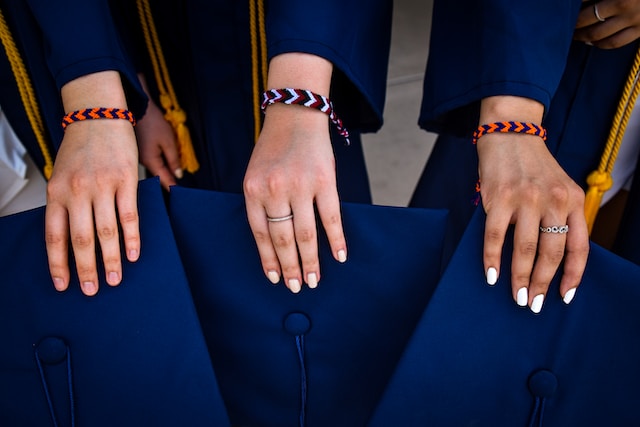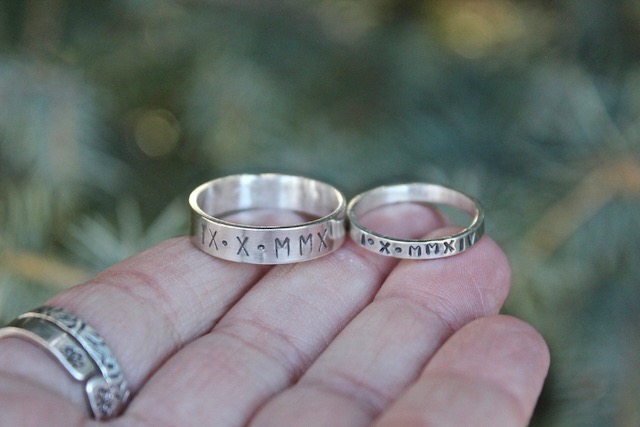Guide to Pearl: Meanig, Types and Benefits
Shopping for pearls can be overwhelming. Because you need to consider different shapes, sizes, colors, overtones and origins. How can I decide easily? To help you solve this puzzle, here’s our guide to learning about what pearl jewelry is best for you!
What is a Pearl?
Pearls are natural gemstones created by living organisms such as oysters. When irritant or foreign matter enters an oyster or other mollusk, the animal covers it with a substance called a pearl. This substance is the same material from which it builds the shell. Acre is made up of tiny calcium carbonate crystals aligned so that light is reflected and refracted to produce the light and color of the rainbow. Over time, nature piles up layer by layer to form a complete pearl.
Now, almost all pearls on the market are cultured. The cultivation process for cultured pearls is similar to that of natural pearls. That is, a skilled technician placed the stimulus in the mollusk.
You can find cultured pearls in real oysters at pearl farms. While natural/wild pearls are often discovered by shellfish harvesters purely by chance. For example, you may need to open 10,000 oysters to find a good quality natural pearl. It is this rarity that gives them a high price tag, not necessarily their beauty.
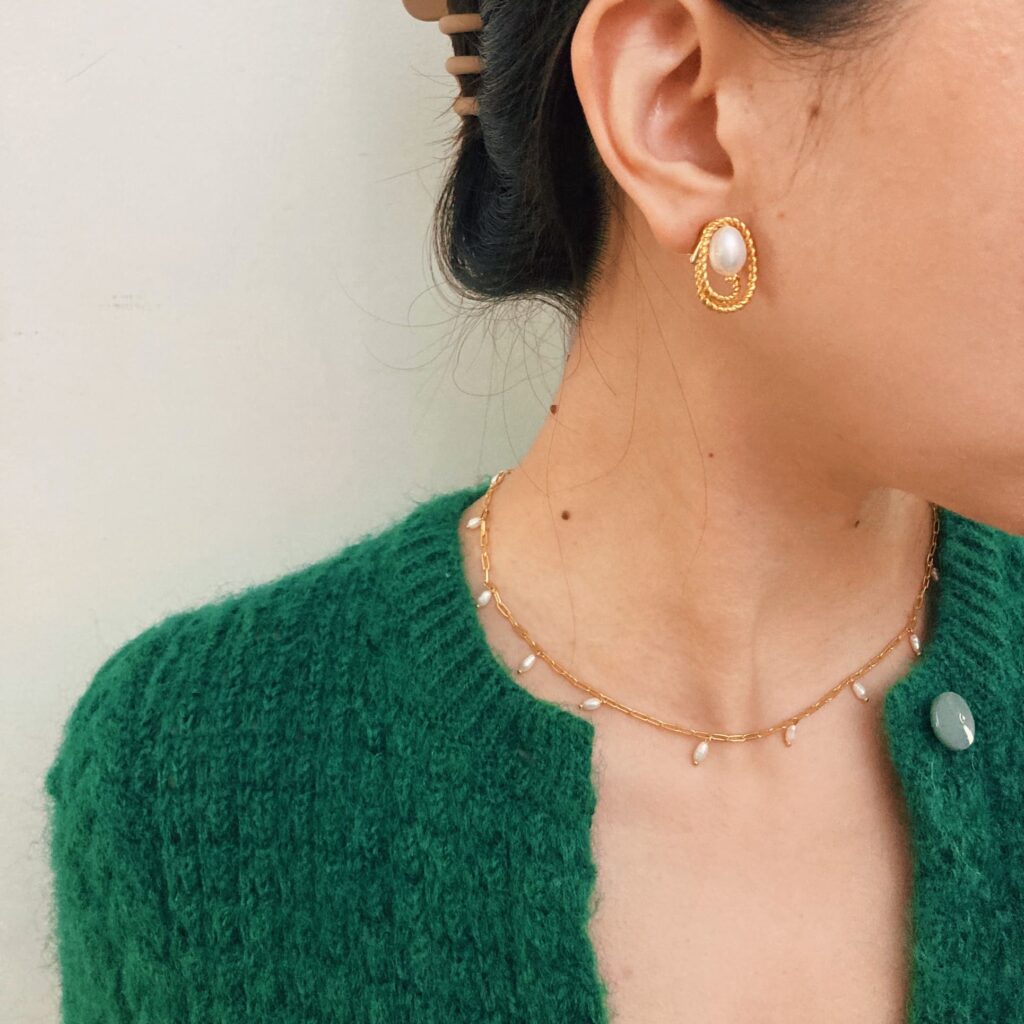
The 4 Main Types of Peals
Akoya Pearl Guide
- Average size range: Akoya pearls range in size from 2.0-3.0 mm to 9.0-9.5 mm, rarely 9.5-10.0 mm.
- Color: White with pink, beige or silver overtones.
- Nucleation: Bead
- Environment: Saltwater protected bays, lagoons and other similar bodies.
- Cultured in: Akoya oyster (Pinctada Fucata)
- Growth time: 8 months to 2 years
Freshwater Pearl Guide
- Average size range: Freshwater pearls range in size from 2.0-3.0mm up through 11.0-12.0mm. New experimental varities attaining sizes of 14.0-15.0mm.
- Color: Brilliant white and pastels.
- Nucleation: Tissue
- Environment: Freshwater ponds.
- Cultured in: Triangle shell mollusk (Hyriopsis Cumingi)
- Growth time: 2 to 6 years
South Sea Pearl Guide
- Average size range: Ranging in size from 8.0-9.0mm up through 20.0mm. The average sizes ranging from 9.0-10.0mm through 14.0-15.0mm. Sizes over 15.0mm are rare and very expensive.
- Color: Deeply saturated golden and white
- Nucleation: Bead
- Environment: Saltwater protected bays, lagoons and other similar bodies.
- Growth time: 20 months to 2 years
- Cultured in: Silver and Gold Lipped oyster (Pinctada maxima)
Tahitian Pearl Guide
- Average size range: Sizes range from 8.0-9.0 mm to 15.0-16.0 mm. Average sizes range from 9.0-0.0 mm to 12.0-13.0 mm. Sizes over 15.0 mm are rare and very expensive.
- Color: Dark with peacock green overtones.
- Nucleation: Bead
- Environment: Saltwater protected bays, lagoons and other similar bodies.
- Cultured in: Black Lipped oyster (Pinctada margaritifera cumingi)
- Growth time: 22 to 28 months
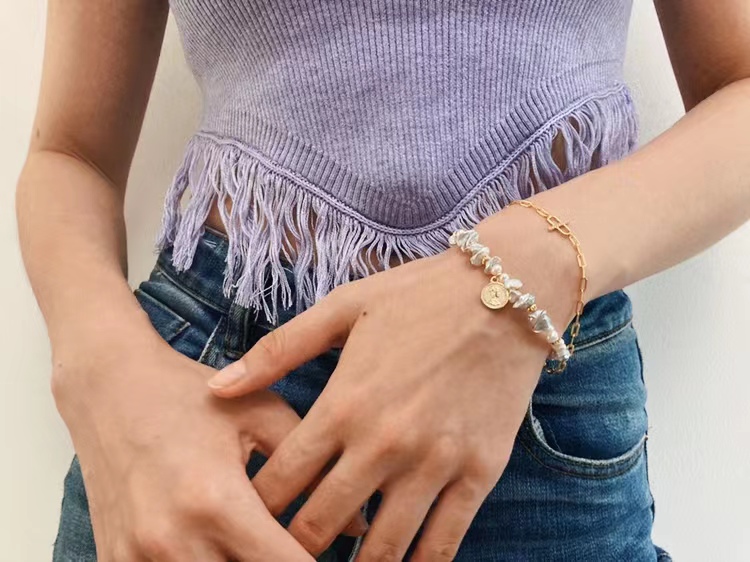
Benefits of Wearing Pearl
Pearls are considered one of the most powerful symbols of wisdom gained through time and experience. It is said that these gemstones obtained from the sea have the power to protect you when you wear them. Besides, others believe that pearls attract wealth and good luck, or that pearls refer to the integrity and purity of the wearer. Peopla also regard pearls as symbols of love, affection, and good luck.
However, in various cultures, pearls are highly valued because they represent and carry wisdom and have a great calming effect. In relationships, they have the power to improve and reinforce the value of your relationship while conveying a sense of security.
-
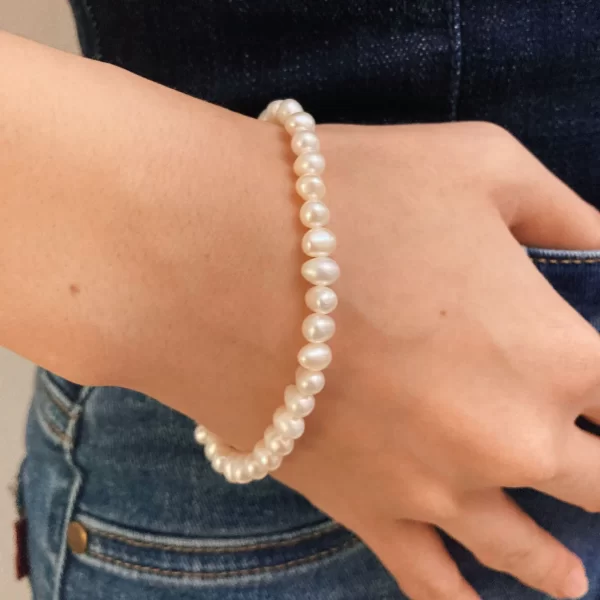
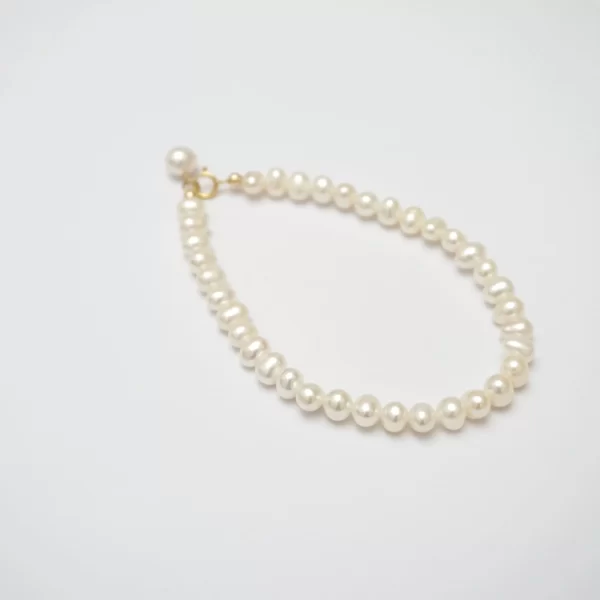 Ocean’s Gift Bracelet$55.00
Ocean’s Gift Bracelet$55.00 -
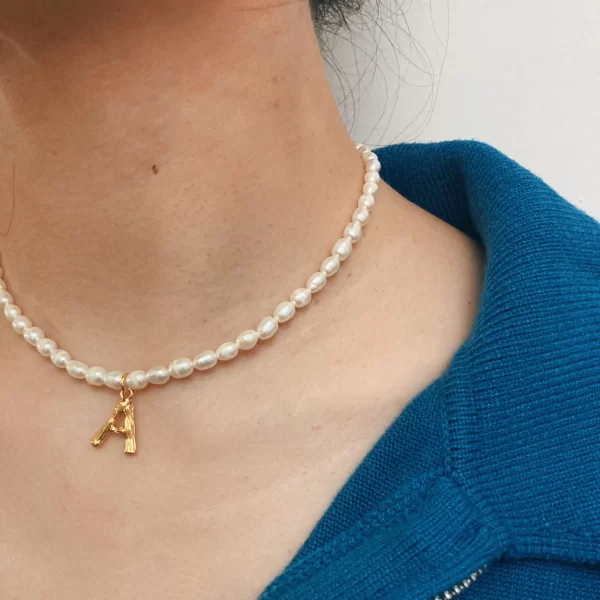
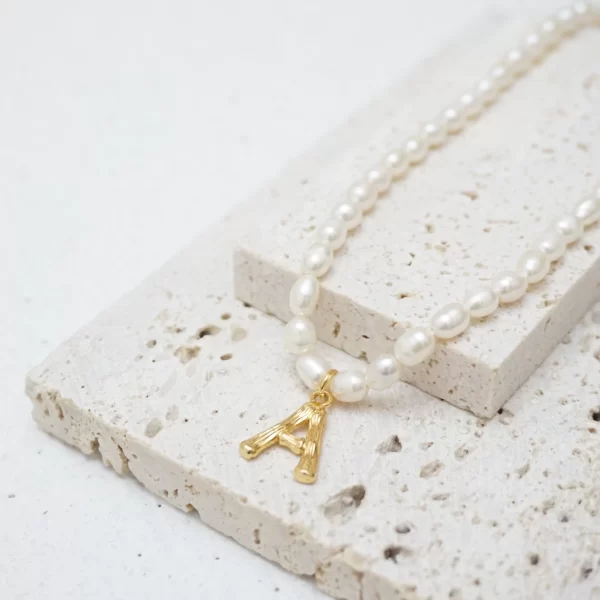 Pearl Initial Necklace$89.00
Pearl Initial Necklace$89.00

